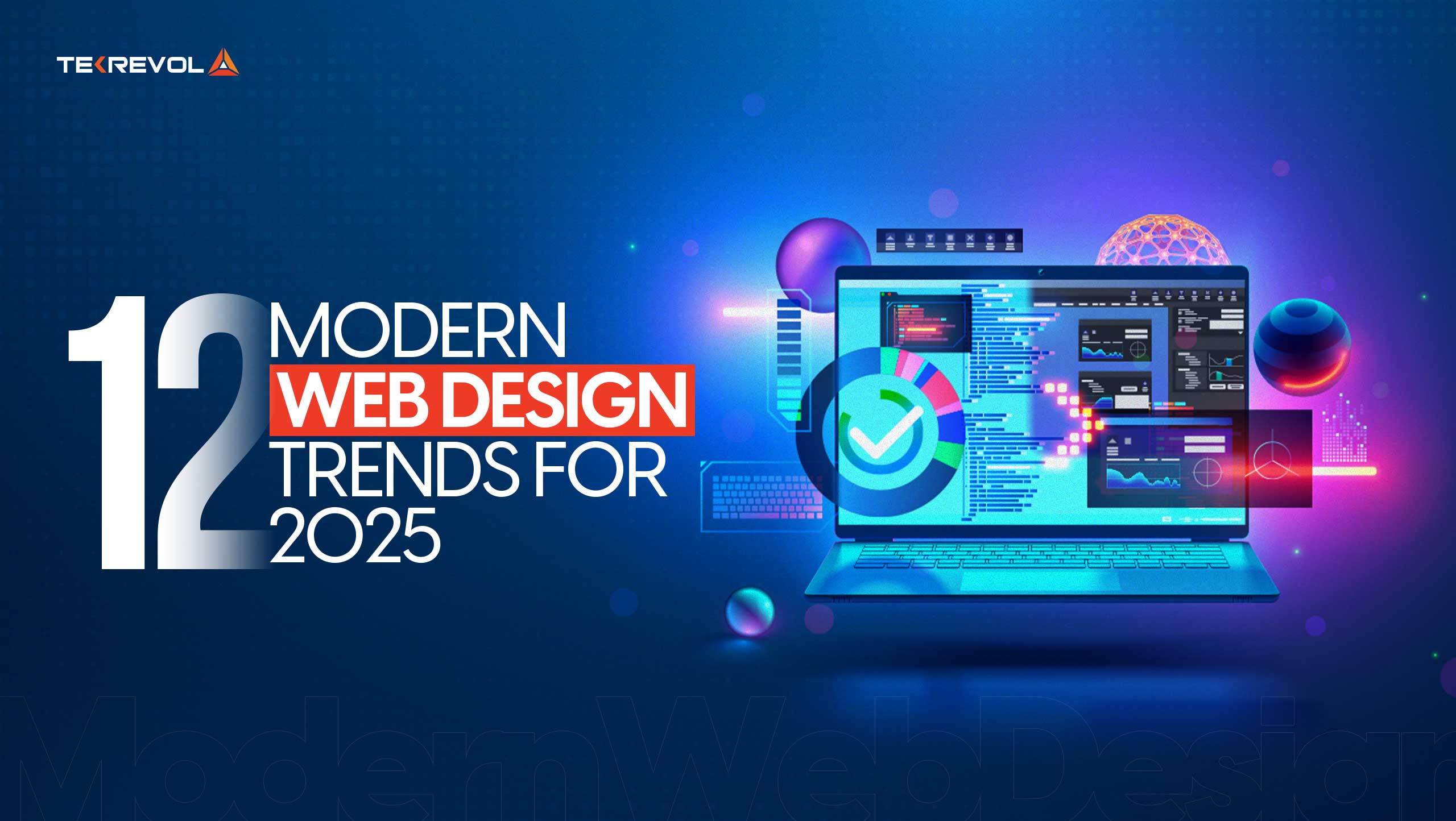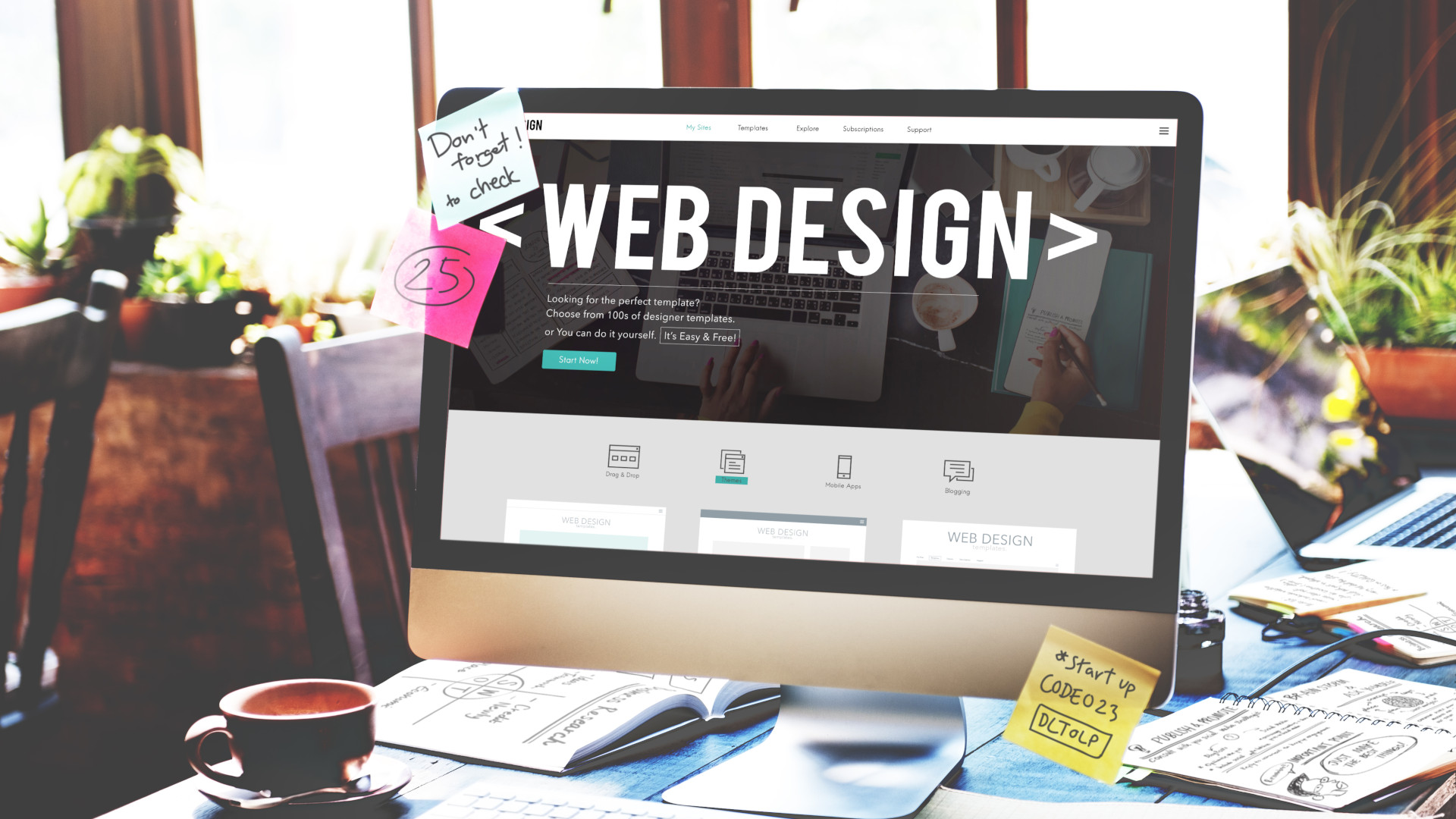Aligned Position Web Design: Expert Web Design Strategies for Achieving Business Goals Online
Aligned Position Web Design: Expert Web Design Strategies for Achieving Business Goals Online
Blog Article
The Finest Kinds Of Web Style to Improve Customer Experience and Involvement
In the ever-evolving landscape of digital communication, the efficiency of Web layout considerably impacts customer experience and interaction. Numerous layout approaches, such as minimalist, responsive, and interactive designs, each deal unique benefits that can cater to diverse individual needs.
Minimal Web Style
As electronic landscapes end up being significantly cluttered, minimalist website design has actually become a powerful approach to enhancing user experience. This style approach focuses on simplicity, concentrating on vital components while removing unneeded distractions. By using adequate white room, uncomplicated navigating, and a minimal shade combination, minimal style promotes quality and guides user focus to crucial material.
The core principle of minimalist Web style is to create a smooth interaction for users. By decreasing cognitive tons, customers can quickly realize details without feeling bewildered. This straight strategy not only enhances usability but also urges involvement, as visitors are more probable to discover a website that is simple and aesthetically attractive to navigate.
Additionally, minimal layout usually highlights typography and imagery, utilizing these components strategically to communicate messages successfully. In significance, minimal Web design is not simply a trend; it is a thoughtful method that recognizes the significance of user-centered layout.
Receptive Website Design
In today's diverse electronic setting, receptive Web layout has actually come to be crucial for producing a smooth individual experience across a wide variety of tools. As individuals gain access to internet sites on smart devices, laptop computers, desktop computers, and tablet computers, the capacity of a site to adjust its design and content to different screen sizes and resolutions is critical.
Receptive website design employs flexible grids, photos, and CSS media questions to make certain that Web content exists optimally, no matter the tool made use of. This strategy not only improves the visual allure of a website but also substantially boosts use. Individuals are much more likely to engage with a website that provides a consistent experience, as it removes the disappointment of having to focus or scroll excessively.
By taking on responsive style, businesses can enhance their visibility and reach a more comprehensive audience. In recap, receptive Web layout is a fundamental technique that enhances individual experience, involvement, and overall satisfaction.
Interactive Web Design
Receptive website design prepares for improving customer experience, yet interactive website design takes this an action further by engaging customers in an extra vibrant means - Aligned Position Web Design. By integrating aspects such as animations, clickable models, and real-time comments, interactive Web design mesmerizes customers, drawing them right into a richer surfing experience
This strategy not just fosters interaction however additionally urges customers to explore material proactively instead than passively eating it. Strategies such as gamification, where customers gain incentives for finishing jobs, can substantially boost the moment invested on a website and boost total fulfillment. In addition, interactive attributes can streamline intricate info, making it more pleasurable and absorbable.

Integrating interactive style elements can likewise bring about higher conversion prices, as customers are much more most likely to engage with a website that proactively involves them. Aligned Position Web Design. Eventually, interactive website design transforms customer experiences right into memorable journeys, ensuring that visitors return time after time
Flat Style
Identified by its minimalistic strategy, level layout emphasizes simpleness and capability, removing away unneeded components and focusing on important attributes. This design viewpoint focuses on usability, guaranteeing that customers can navigate user interfaces with ease and effectiveness. By using a clean visual, level style gets rid of the clutter typically discovered in much more elaborate styles, consequently improving user focus on web content and performance.
The hallmark of flat design hinges on its use strong colors, basic typography, and geometric forms. These components add to a visually appealing user interface that is both friendly and contemporary. In addition, level design promotes a feeling of clearness, permitting users to recognize crucial activities and info without distraction.
Moreover, flat style is especially efficient in receptive Web layout, as its simplicity equates well across various gadgets and screen sizes. The lack check this site out of intricate textures and slopes minimizes filling times, which is crucial for preserving customer interaction. As electronic landscapes remain to progress, level layout continues to be a pertinent selection for developing user-friendly internet sites that enhance overall experience. By concentrating on important attributes, flat design not only satisfies user requirements but additionally encourages seamless interaction, making it a vital element of efficient website design methods.
Adaptive Web Style
Flexible Web style customizes the customer experience by developing numerous taken care of formats customized to various display sizes and gadgets. Unlike receptive design, which fluidly adjusts a single format, adaptive design utilizes distinctive sites layouts for specific breakpoints, making sure optimum presentation on numerous systems. This technique allows designers to concentrate on the distinct qualities of each device, enhancing usability by delivering precisely what customers need based upon their context.
One of the key advantages of flexible website design is its capability to maximize tons times and efficiency. By offering customized web content and photos that fit the user's gadget, web sites can decrease information usage and enhance loading speeds. This is specifically useful for individuals with slower connections or restricted information plans.

Furthermore, adaptive style facilitates a much more consistent and regulated branding experience. Since designers develop multiple designs, they can make certain that the visual components straighten with the brand's identity throughout various platforms - Aligned Position Web Design. This results in a natural customer experience, enhancing interaction and advertising customer retention
Conclusion
In final thought, the assimilation of minimalist, responsive, and interactive website design concepts considerably improves customer experience and engagement. Minimalist style cultivates quality and emphasis, while responsive style makes certain flexibility throughout different tools, advertising accessibility. Interactive design captivates users with dynamic aspects, motivating expedition and customization. Jointly, these style comes close to contribute to the creation of user-friendly environments that not only improve fulfillment however likewise drive greater conversion prices, emphasizing their essential relevance Full Report in modern website design approaches.

Minimalist style cultivates quality and emphasis, while receptive layout guarantees adaptability across different gadgets, promoting access. Jointly, these layout comes close to add to the production of straightforward settings that not just boost complete satisfaction however also drive higher conversion rates, underscoring their crucial significance in contemporary Web design strategies.
Report this page